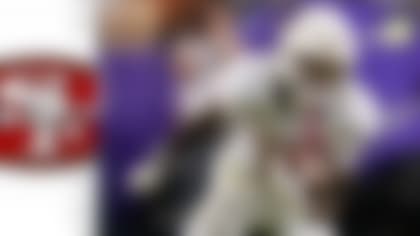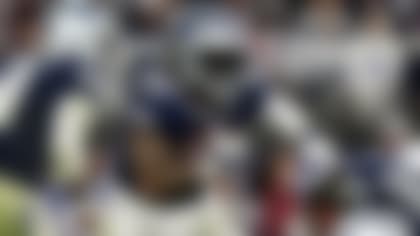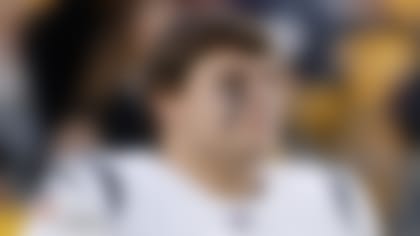MIAMI GARDENS, Fla. -- Players have routinely proclaimed that the NFL is a "players' game," but after watching Super Bowl XLIV, it's clear that coaching makes the difference.
The New Orleans Saints appeared overmatched for most of the opening 30 minutes, but a series of halftime coaching adjustments rallied the team and helped the franchise capture its first Super Bowl title.
Sean Payton, widely regarded as one of the game's most fearless play-callers, made several bold moves that sparked the Saints to a surprising comeback in the second half.
Although most of Payton's brilliance is tied to his offensive acumen, it was actually his daring special teams gamble that initially changed the game's momentum. The Saints' confident leader instructed Thomas Morstead to attempt a surprise onside kick
to open the third quarter, and the risky maneuver paid huge dividends as Jonathan Casillas came up with the unlikely recovery.
With the Saints finally set up in prime field position, the offensive wizard immediately made adjustments that got his offense in gear.
After failing to consistently find a rhythm in the first half, Payton utilized an efficient short passing game that exploited the underneath areas of the Colts' zone coverage. The high-percentage throws allowed Drew Brees to establish a good tempo and kept the offense in manageable down-and-distance situations.
Additionally, Payton cleverly mixed in various personnel packages to take advantage of favorable matchups. Among the decisions was the subtle deployment of Marques Colston at the slot position. The imposing receiver repeatedly found space in the middle of the field, and his ability to attract attention from multiple defenders created space for his teammates.
Brees took advantage of the situation by dumping the ball off to running backs Pierre Thomas and Reggie Bush on checkdowns and swing routes. Although these throws didn't result in big gains, they stretched the Colts defense horizontally and led to bigger completions later in the game.
Another tactical maneuver that helped the Saints in the second half was utilizing Jeremy Shockey on the outside of formations. The big, athletic tight end only finished with three receptions for 13 yards, but his 2-yard touchdown grab against corner Jacob Lacey was an example of Payton taking advantage of Shockey's size advantage over a smallish corner. With the Saints unable to get in the end zone in the first half, the exploitation of a favorable matchup resulted in New Orleans going up for good.
But all of the Saints' adjustments weren't made on the offensive end, as defensive coordinator Gregg Williams also made a series of solid adjustments. The aggressive architect switched his game plan and personnel assignments to hold the Colts to only seven points in the second half.
After unsuccessfully attempting to come after Peyton Manning with overload blitzes early, Williams relied more on a coverage-oriented approach as the game progressed. He routinely switched from man-to-man schemes to combination coverage to disrupt Manning's rhythm.
While most of the Saints' coverage incorporated some two-man principles (two deep safeties with man coverage underneath), Williams sprinkled in enough single-high safety looks to keep Manning from honing in on the unit's coverage tendencies.
In addition, Williams instructed linebacker Jonathan Vilma to check out of some of the defense's blitz calls after Manning made a pre-snap audible. Working out of a nickel 33 package (three defensive linemen, three linebackers and five defensive backs with the nickel back playing like a quasi-linebacker), the Saints routinely bluffed overload pressures from 3-4 looks to force the Colts to change their protection schemes.
With Manning checking to "blitz beaters" against soft zone coverage, the Colts were unable to flood multiple receivers into the route and the league MVP was repeatedly forced to throw the ball away after failing to find an open receiver.
The Saints were widely viewed as an underdog heading into the Super Bowl due to their inexperience playing on the big stage. However, a bodacious coaching staff ignored conventional wisdom and used a series of radical moves to level the playing field, and capture a victory that few would have imagined at halftime.





